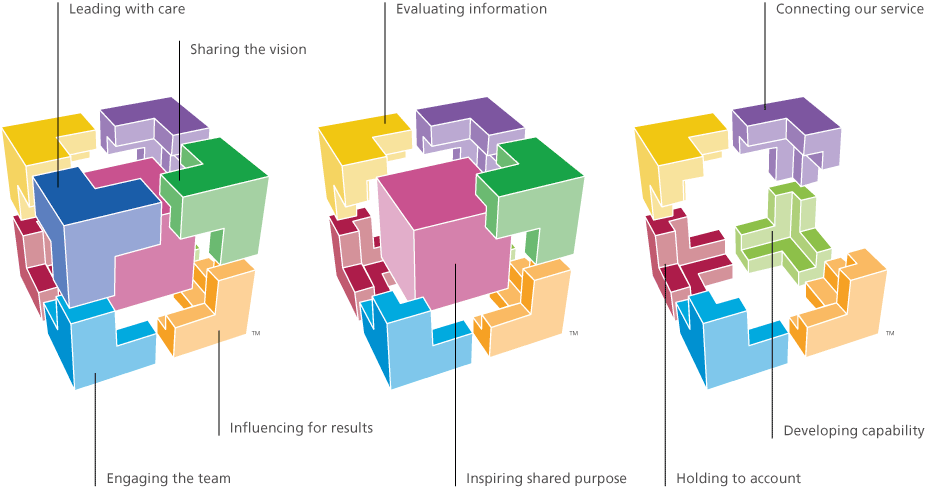Well established chains of command, structure and management is important within a healthcare organisation, however, individual leadership of all staff members is also vital to establishing a well-motivated and efficient National Health Service.
The difference between management and leaders? We're all called to be leaders.
Managers administer and maintain previously existing views and is very much focussed on the system and control, with a short term view. They ask the questions such as "How?" and "When?"
Leaders innovate and develop ideas whilst inspiring trust; they're more people focused and look to the long-term. They ask questions such as "What?" and "Why?"
Organisational culture, the shared attitudes and values of an organisation and it's members, gives the NHS, it's departments and hospitals, a sense of identity. By individuals having leadership qualities, they can aim to affect the management style which is effective to the group, the organisation's decision making processes and it's determinants of success.
Previously, the NHS was focused on:
- The needs of the business
- Functional aspects of care
- Efficiency, productivity and clinical outcome
- There was no emphasis on feedback
- Management (not staff) empowerment
Transactional leadership was the main method of organisation. This involved emphasis on the chain of command, authority and obedience to such, target meeting and based on a reward/punishment scheme.
However, since 2011, the aim is to be:
- Patient focussed (with user involvement in planning of pathways and service provision)
- Relational and emotional aspects of care
- Staff experience and empowerment
- Integrated care
- Better feedback handling
- Better information sharing
By the NHS being supporting leadership within the NHS, they are empowering staff to become more proactive, innovative and involved. This moves the NHS towards Transformational leadership, this is where a leader adopts and expresses the whole group's goals and values, it enables us to advance one-another in best practice, it allows for intellectual stimulation with greater emphasis on Continuous Professional Development and takes into account each individual's needs. Transformational leaders become influential through respect instead of necessity, they inspire motivation through a clear vision.
Professional Autonomy teaches us to challenge and question, to implement change and audit the effectiveness of our practice. This increases higher standards and gives each individual a voice -thereby bringing a cudltral change. This change is represented through the Healthcare Leadership Model
This model brings leadership through a change in care, by sharing the vision of the NHS and integrating our services with better communication and information sharing.
We're accountable to our actions as Healthcare professionals - so why not make those actions make a difference?


0 comments:
Post a Comment